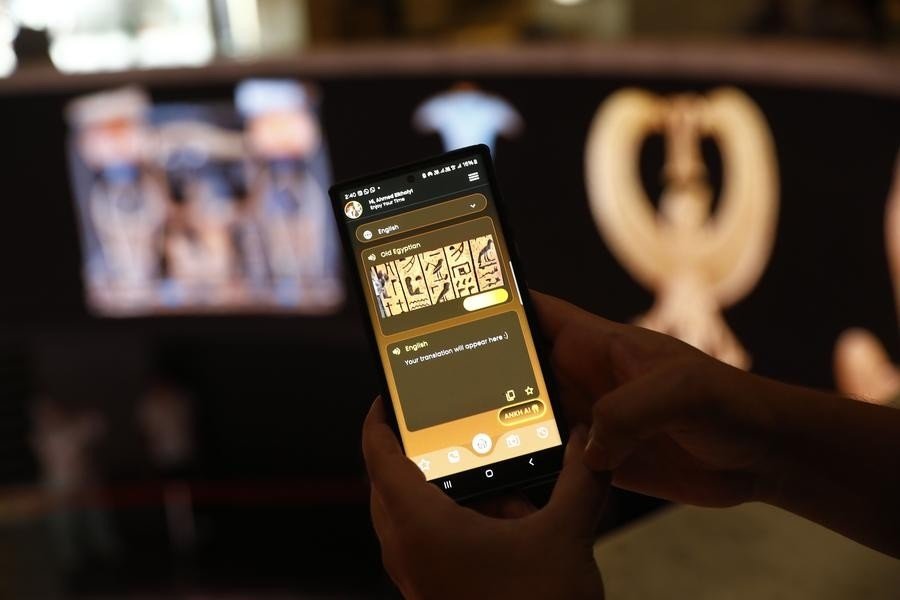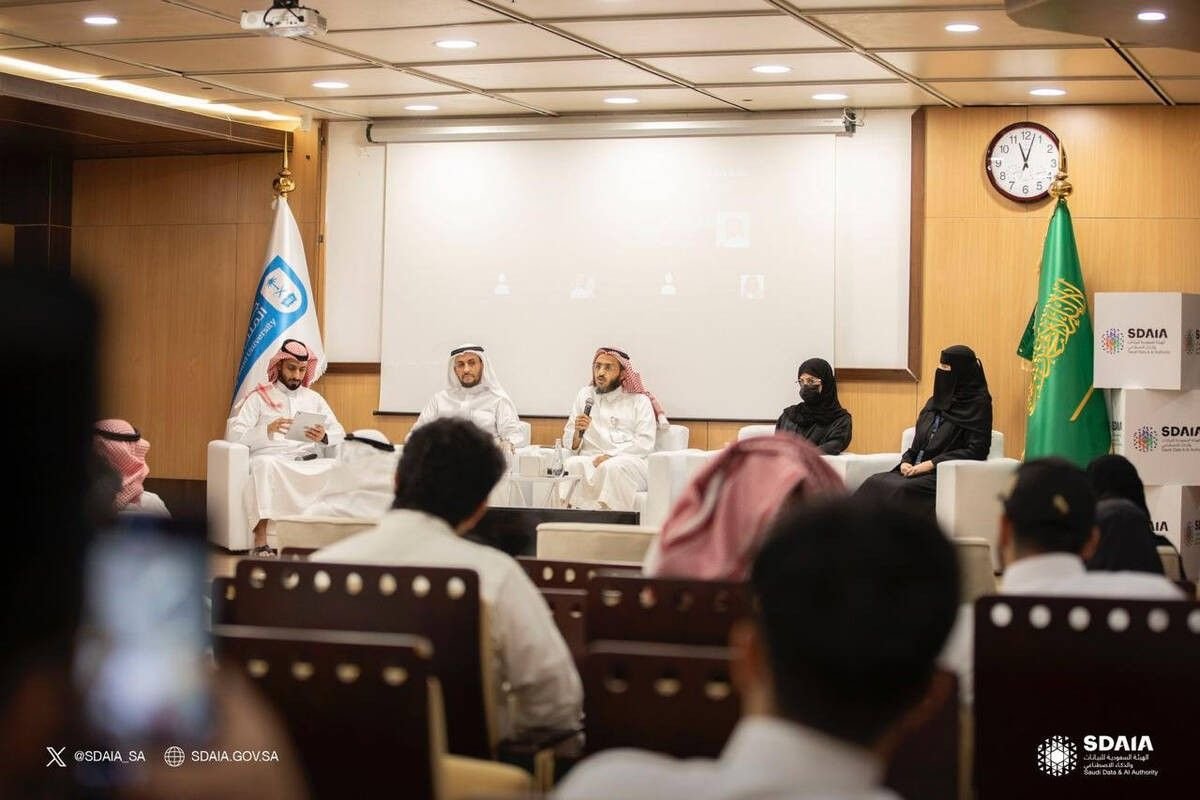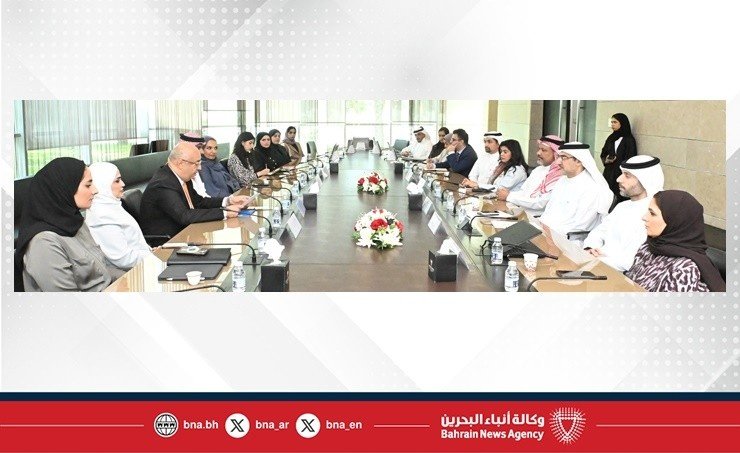In the softly lit main hall of Cairo’s National Museum of Egyptian Civilization, visitors gathered around the painted wooden coffin of Sennedjem, a master craftsman of Egypt’s 19th Dynasty (1295–1186 BC). Among them, Egyptian app developer Ahmed El-Kholy demonstrated his creation — Manetho, which he calls “the world’s first real-time hieroglyphic translator using artificial intelligence.”
By simply pointing a phone camera at hieroglyphic inscriptions, the app instantly converts the ancient symbols into modern text in English or other selectable languages, including Arabic. “The idea began when we used to go to museums and temples to just watch and take photos without understanding what the inscriptions meant,” El-Kholy explained. “We realized we needed something to translate them instantly.”
Visitors quickly saw its value. A British tourist named Phillip tested Manetho on the black granite sphinx of 12th Dynasty King Amenemhat III, reading the translated base inscriptions: “Horus, the living king of Upper and Lower Egypt, the good god, beloved of Maat, who gives life…” He praised the app as “very easy to use and informative,” predicting it could transform the museum experience.
A 2024 computer science graduate, El-Kholy developed Manetho with a team of over 16 technicians and Egyptology experts. The app won first place in the Huawei Developer Competition for Egypt and North Africa in 2024, securing a spot in the global finals in China. Huawei supports the project with its startup program and cloud services, providing technical resources, training, and infrastructure.
Beyond translation, Manetho offers augmented reality (AR) features that animate artifacts. In one AR sequence, Queen Nefertiti greets visitors and narrates her story in Arabic. In another, a marble bust of the mythological Greek queen Niobe speaks in English, sharing her centuries-old tale.
El-Kholy envisions expanding the experience with virtual reality, enabling museum-goers to explore tombs or view statues in 3D as they “tell” their stories, deepening engagement with Egypt’s vast cultural heritage.














